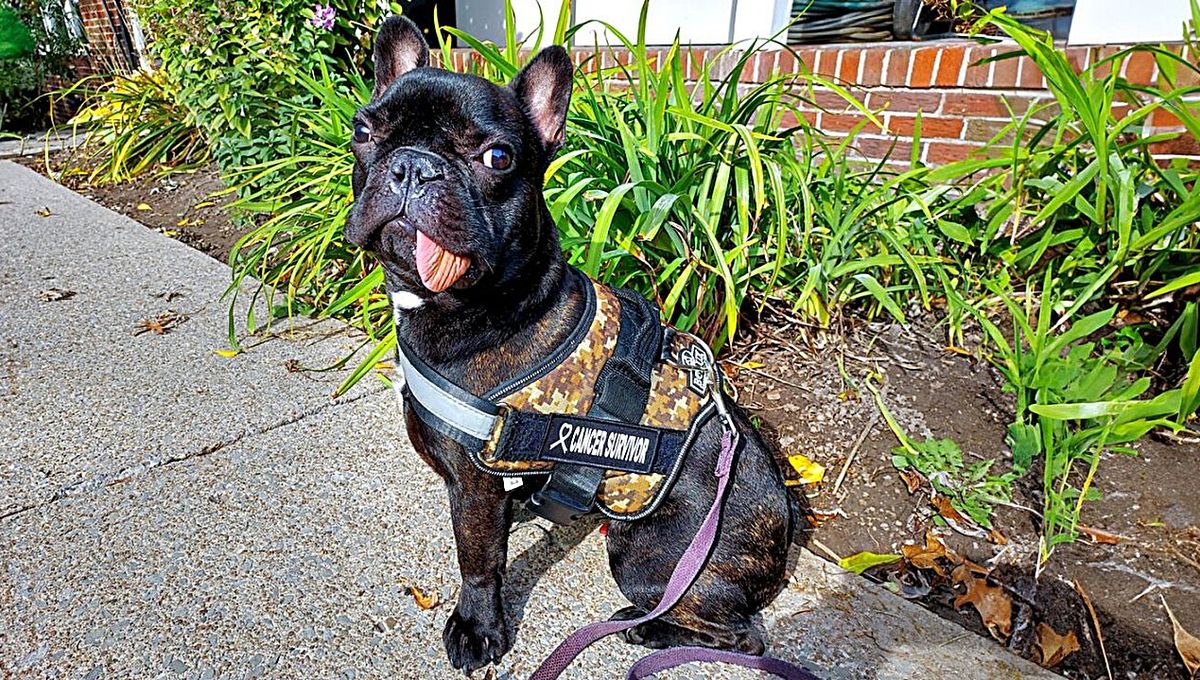In a remarkable turn of events, a French Bulldog puppy named Tyson experienced an extraordinary occurrence: his jaw spontaneously regrew following surgery to remove a cancerous tumor. This unprecedented case, meticulously documented by veterinarians at Cornell University, offers profound insights into the realm of veterinary oncology and surgical recovery.
Tyson’s journey commenced when he underwent surgery at Cornell’s Dentistry and Oral Surgery Service to address a cleft palate issue. However, during this procedure, veterinarians stumbled upon a malignant tumor on Tyson’s lower left mandible. Dr. Alexandra Wright, leading Tyson’s treatment, identified the tumor as an oral papillary squamous cell carcinoma, an uncommon yet aggressive form of cancer in dogs.
Faced with this daunting diagnosis, Tyson’s owners, Melissa Forsythe and Mike Lacagnina, confronted a challenging decision: whether to proceed with surgery despite uncertain outcomes. Thankfully, Tyson’s CT scans revealed that the cancer had not metastasized beyond the tumor site, offering a glimmer of hope amidst the uncertainty.
During the surgical procedure, the veterinary team successfully preserved a critical layer of tissue known as the periosteum, which played a pivotal role in Tyson’s subsequent recovery. Rich in blood vessels and nerves, the periosteum proved instrumental in facilitating bone growth and regeneration.
To everyone’s amazement, Tyson’s jaw began to regenerate following the surgery, defying all expectations. While the new mandible exhibited slight differences from the original, it matched the length of the opposite side, maintaining proper alignment and exhibiting no signs of cancer recurrence.
Throughout his recovery journey, Tyson exhibited remarkable resilience, adapting to life with an E-collar and adhering to activity restrictions. Despite these challenges, he remained spirited, relishing in simple joys like water-soaked kibble and soft toys, and even participating in activities such as obedience class and a Christmas parade.
Tyson’s extraordinary tale not only underscores the strides made in veterinary medicine but also serves as a poignant symbol of hope and resilience. His case offers invaluable insights into the realm of bone regeneration in young dogs and lays the groundwork for future treatments aimed at animals facing similar diagnoses.
Through Tyson’s story, the veterinary community gains a deeper understanding of the potential for spontaneous healing, inspiring further exploration and advancements in the field of veterinary care.















































